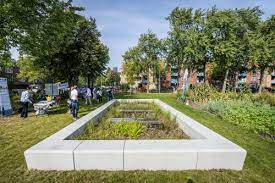
A népesség növekedésével és az urbanizációval egyre több a szilárd burkolat szerte a világon. Sok nagyváros vízgyűjtő és -tisztító rendszere nem tud már lépést tartani a nagy mennyiségű csapadékvízzel, amely ezeknek a burkolt felületeknek köszönhető. Az esőkertek kialakítása segíthet kezelni ezt a problémát.
Az esőkertek olyan mesterségesen kialakított mélyedések a talajban, amelyeket például az át nem eresztő felületek közelébe lehet telepíteni – legyen szó tetőfelületről, burkolt parkolóról, utakról, járdákról, tömörített gyepfelületekről -, azért, hogy az ezekről lefolyó esővizet összegyűjtsék és átmenetileg tárolják azt. Ez a víz többnyire szennyezett, ezért, ha a csatornahálózatba jutna, kezelni kellene, mielőtt újra tudnánk használni akár ivóvízként, akár öntözésre.
Az esőkertet 1990-ben fejlesztette ki egy építési területen Dick Brinker, aki úgy döntött, hogy a hagyományos megoldások helyett kipróbálja ezt az új módszert. Ezzel mintegy 300 000 dollárt spórolt meg ahhoz képest, mint amennyibe a tipikus vízelvezető rendszerek kiépítése került volna. Tanulmányok igazolják, hogy az esőkertek a lefolyó víz 75-80%-át felfogják. Ezeknek köszönhető, hogy az esőkertek egyre népszerűbbé váltak, és ma már számos településen használják őket.
Környezeti előnyök
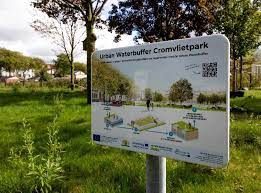
Az esőkertek előnyei mindenhol megmutatkoznak, legyen szó családi házak kertjeiről, vagy nagyvárosok parkjairól, esetleg bevásárlóközpontok parkolói mellett kialakított kertekről. A vízgyűjtés és helybentartás, a csatornarendszer tehermentesítése mellett a gazdag növényvilág a beporzók számára is nagyszerű életteret jelent.
Az összegyűjtött vizet a talaj maga szűri és tisztítja. Így megtakarítható a víz újrahasznosítására használt vegyszerek és technológiák költsége. Az esőkertek megkönnyítik csökkentik a tisztítóberendezések és a víztisztító telepek terhelését.
Az esőkertek jövője várostervezésben
Az esőkertek jövője a várostervezőkön, döntéshozókon és természetesen a városlakókon múlik. Bár eleinte az esőkerteket a lefolyás lassítására és a víz szikkasztására használták, ma már a tájépítészet fontos elemeivé váltak. Felbukkannak már az irodaházak, parkolók, gyártelepek mellett is, hiszen nemcsak a vízelvezetésben és -megtartásban, de a csatornahálózat tehermentesítésében és a költségcsökkentésben is fontos szerepet játszhatnak. A párologtatásnak köszönhetően csökkentik a hőstresszt, a telepített növények pedig nem csak megköztik a széndioxidot és oxigént termelnek, de emellett esztétikusak is. A szépségük mellett pedig ma már bizonyítható a diverz, a természetes zöld felületeket, erdőket idéző városi oázisok életminődégre, mentális egészségre és lélekre ható jótékony hatása is.
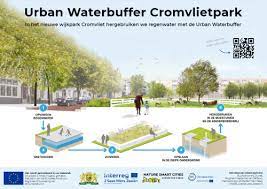
Forrás: wiuag.wordpress.com
Fotó: bhg.com


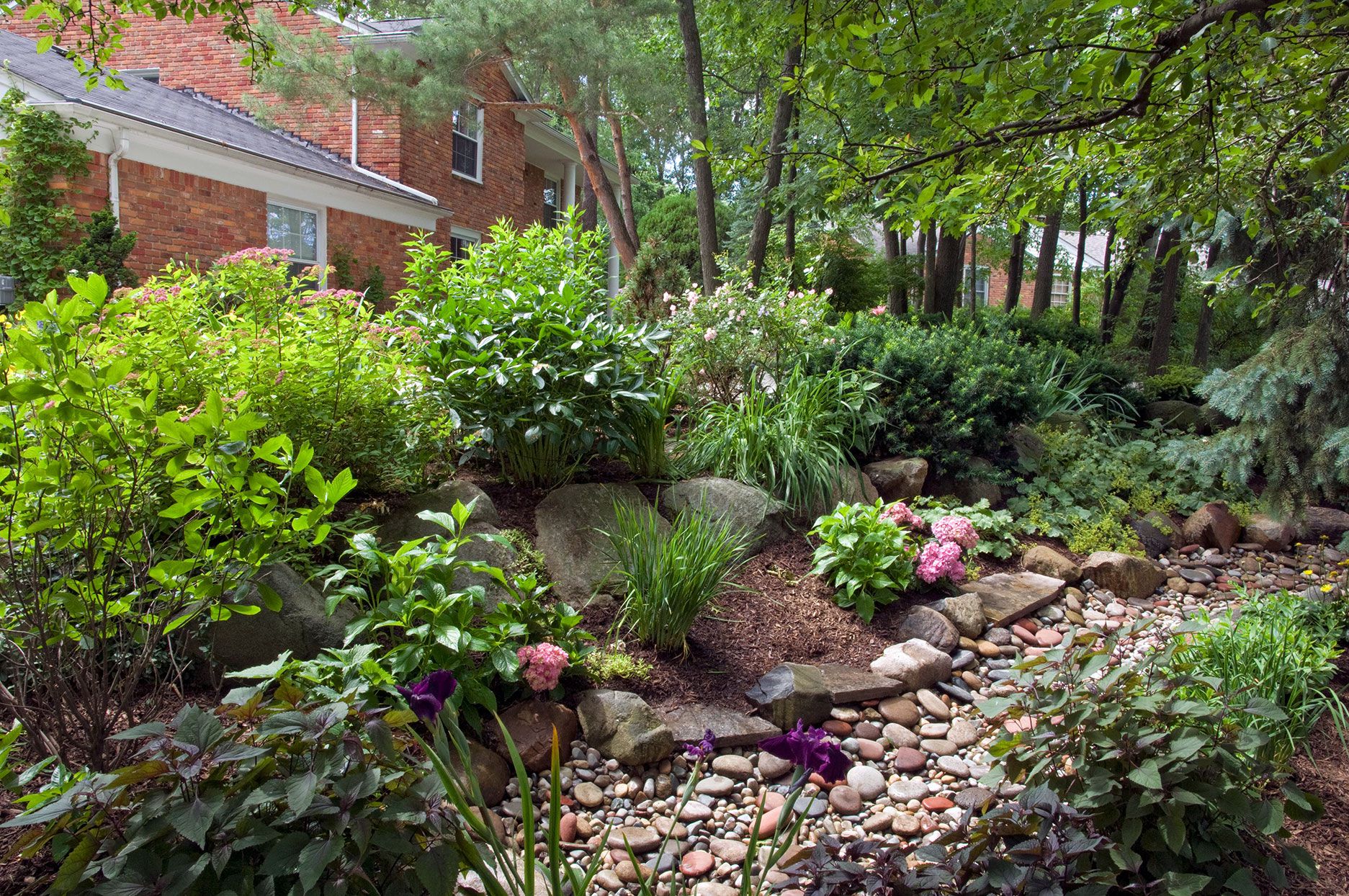
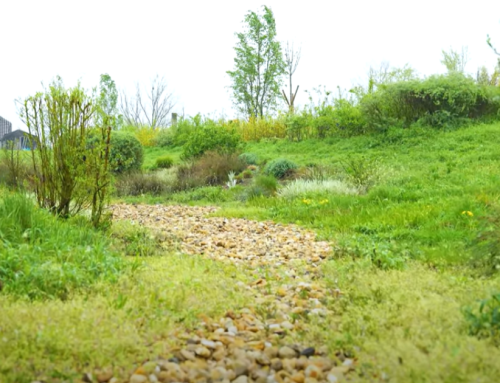
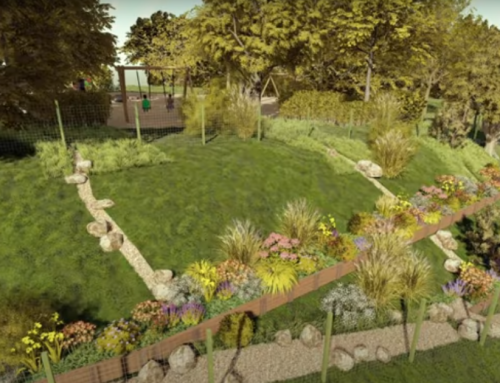
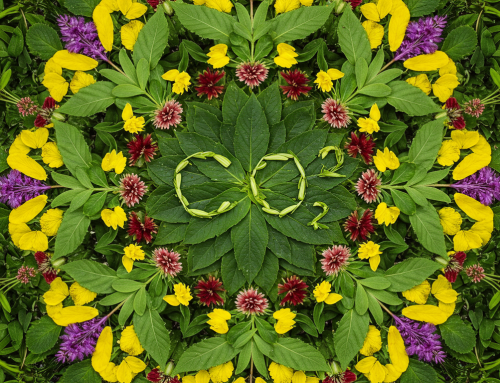

Hagyj üzenetet